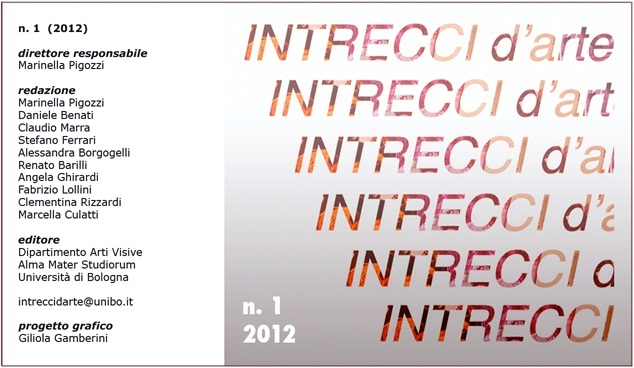Paul Flandrin, sur nature. Unknown paintings of the Italian period (1834-1838)
DOI:
https://doi.org/10.6092/issn.2240-7251/2654Keywords:
Paul Flandrin, Rome, Landscape painting, Plein air, XIXth centuryAbstract
Paul Flandrin (1811-1902) is a painter with a long career, whichbegan at Lyon’s Fine Arts Academy and went on in Paris, both atthe Academy and in Ingres’ atelier. But it was only during his fiveyears trip to Italy (1834-1835) that he found his vocation as alandscape painter. In Rome, even if he was not a pensionnaire ofthe Villa Medici, he became acquainted with the Academy circle,where the master Ingres was the Director. Over the course ofthese five years, Paul Flandrin looked closely at Corot andlearned from Ingres.
For a painter with a classical education, how much does theexperience in Italy matter? For a pupil of Ingres, what does thechoice for landscape mean? For a landscape painter arriving inRome in the 1830s, what does Corot’s heritage mean?
The article aims to answer these questions through a selection ofpreviously unknown artworks, both drawings and paintings. Theresearch moves from the analysis of the artist’s method, hisperception of nature on the spot, his fast recording and the finalcomposition in the studio. There comes out the complex profile ofa neoclassical landscape painter working in the 19th century.
Downloads
Published
How to Cite
Issue
Section
License
Copyright (c) 2012 Elena Marchetti
The copyrights of all the texts on this journal belong to the respective authors without restrictions.
This journal is licensed under a Creative Commons Attribution 4.0 International License (full legal code).
See also our Open Access Policy.
Images and photographs may have different terms of license.
In making material available online the Journal acts in good faith. Parties who have questions or who wish to contest the use of specific works may contact the Editor in chief.
Metadata
All the metadata of the published material is released in the public domain and may be used by anyone free of charge. This includes references.
Metadata — including references — may be re-used in any medium without prior permission for both not-for-profit and for-profit purposes. We kindly ask users to provide a link to the original metadata record.






